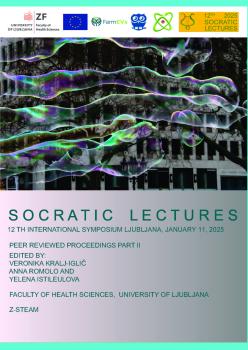Biostimulants from Algae Biomass Uncovered: Phytohormones Determination and Plant Growth Stimulation
Kratka vsebina
Microalgae are increasingly recognized as a valuable source of bioactive compounds, including phytohormones, which play crucial roles in regulating plant growth and development. This study investigates the potential use of microalgae biomass as natural biostimulant for sustainable agriculture, where focus on boosting crop resilience and productivity is needed. While most previous studies of the microalgae phytohormones production have been limited to laboratory-scale experiments using expensive synthetic growth media, this research advances the field by utilizing pilot-scale systems for algae biomass cultivation in real municipal wastewater (WW), which represents an alternative, cost-effective growth medium. Microalgae cultures were grown under controlled laboratory conditions and in a pilot high-rate algae pond (HRAP), and specific phytohormones in selected microalgae cultures were quantified. Biomass samples were prepared using various methods (fresh utilisation, freezing, drying), with lyophilization being identified as more effective for preserving biostimulative activity, compared to frozen and thawed biomass, which was found to be less suitable. Preliminary tests, performed with commercial phytotoxkit liquid samples, confirmed biostimulatory effects of algae biomass on roots growth of white mustard (Sinapis alba). Phytohormone profiling, conducted using LC-MS/MS, revealed up to 30-fold higher levels of auxin indole-3-acetic acid (IAA) in pilot-scale cultures compared to laboratory-grown biomass. These findings highlight the potential for scaling up microalgal cultivation to produce phytohormoneenriched biomass. Understanding how different growth conditions influence phytohormone production in microalgae is essential for developing large-scale application guidelines. Variability in biomass composition due to fluctuating wastewater characteristics necessitates further research, as well as the development of optimized application strategies to enhance biostimulatory efficacy.
Prenosi
Pages
Najavljeno
Kategorije
Licenca

To delo je licencirano pod Creative Commons Priznanje avtorstva-Deljenje pod enakimi pogoji 4.0 mednarodno licenco.


